Visit Manhattan, New York, and you’ll run into places and streets with deep historical roots. These East Coast neighborhoods have surprising name origins due to the early settlers and explorers of the area. As time passed, the diverse population and languages have contributed to the city’s rich history. From the Lenape Indians, French and Italian explorers, early Dutch and English colonists, and eventually a multicultural society, each group has left their mark.
Certain locations derive their names from the way they were pronounced in the language spoken at the time. Sometimes these names described a specific geographical feature or land form. When these words appeared in a log book or on a map, they became official. When recording the name, it’s likely that some changes were made to the pronunciation, such as modifying, omitting, or adding consonants and vowels. This transformed the word into the name we use today.
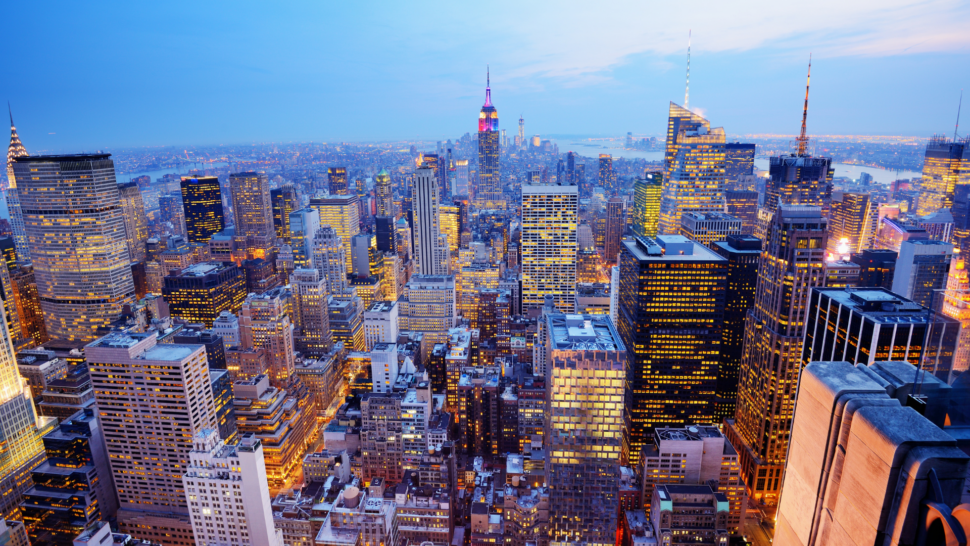
The influx of people and languages over time has added to the rich history of the city’s names. Proper names were anglicized to suit British administrators, early explorers and war heroes. Settlers also contributed to the naming of features and places throughout the city.
Check out a few examples below.
SoHo “South of Houston Street”
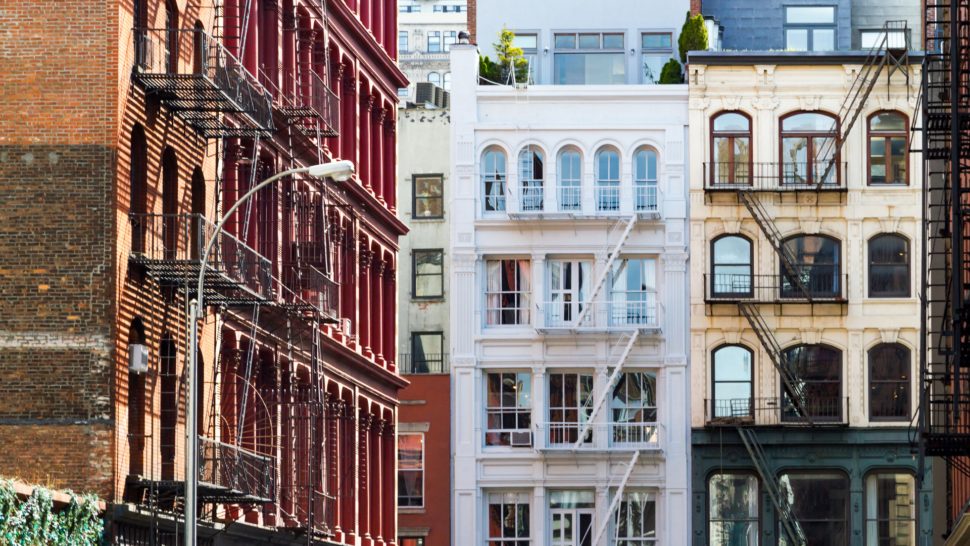
This name was created in the 1960s, inspired by London’s Soho district. It was part of an effort to rebrand and revitalize the former industrial area. SoHo, known for the famous shopping street Broadway, is a trendy and upscale neighborhood. It is also home to numerous high-end restaurants and boutiques that attract both local and global elite clientele.
The neighborhood doesn’t adhere to traditional street-naming conventions, so it can be a bit disorienting at first. SoHo, which stands for “South of Houston Street,” is filled with street names (ex. Spring Street, Prince Street, Broome Street). This is different from the numbered grid system found in much of Manhattan. However, there are always interesting discoveries waiting to be made, and you can also rely on navigation apps to help you find your way around.
TriBeCa “Triangle Below Canal Street”
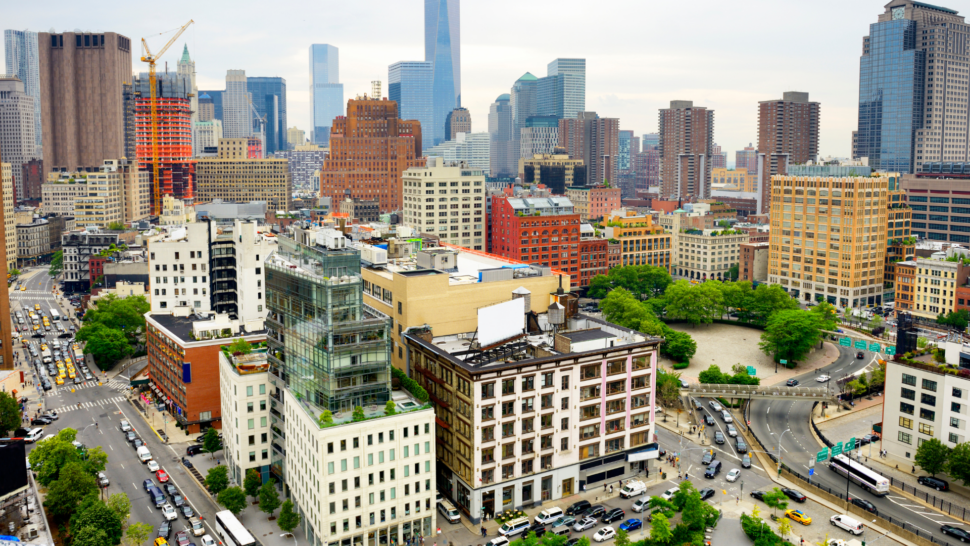
This acronym was coined in the 1970s as part of a trend to give catchy names to neighborhoods to attract residents and businesses. This trendy neighborhood in lower Manhattan was once an industrial area with warehouses and factories. Then, it transformed into a vibrant residential and commercial district. Tribeca is characterized by its cast-iron buildings, cobblestone streets, and a mix of historic and modern architecture. The neighborhood is renowned for its arts and culture scene, upscale dining, and the Tribeca Film Festival. It is also home to several landmarks and has attracted many famous residents.
NoMad “North of Madison Square Park”
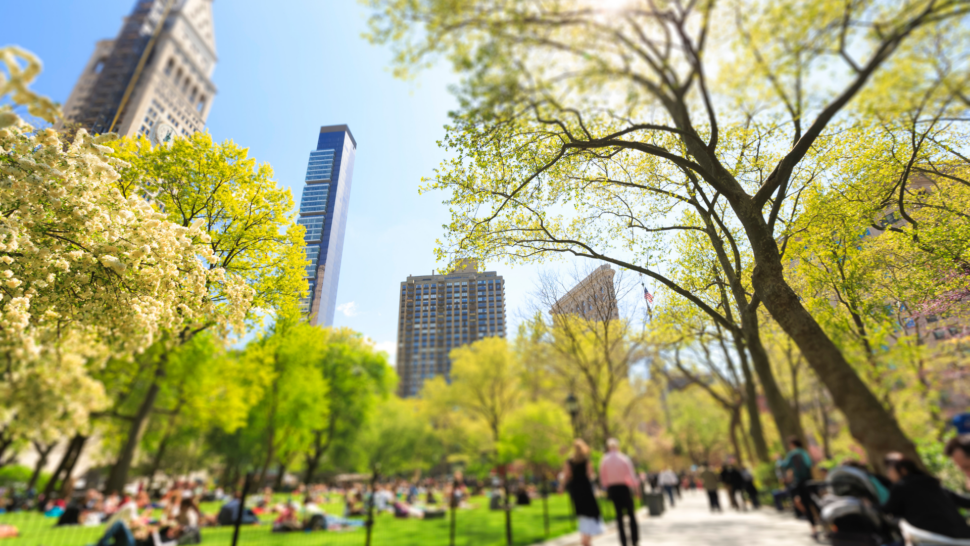
A relatively new name meaning “North of Madison Square Park,” follows the trend of acronym-based neighborhood names.
Between 23rd Street and 30th Street, from 7th Avenue to Madison Avenue, there is a section of Manhattan that seems to have been overlooked. The area hasn’t changed much over time compared to surrounding neighborhoods. Intersected by Broadway, it gives off a sense of being lost in time and struggling to establish its identity. It has come to be known as NoMad, a name that reflects the ongoing efforts of developers and real estate agents to redefine the neighborhood in light of the new hotels and condominiums.
NoMad was once part of the elite “Ladies’ Mile” shopping district in the late 19th century. It later became a commercial zone with wholesale businesses. In recent years, it has been rebranded as NoMad, experiencing rapid development with luxury hotels, high-end restaurants and trendy offices, becoming a hot spot for the tech and creative industries.
Greenwich Village “A Place for a Green Pasture”
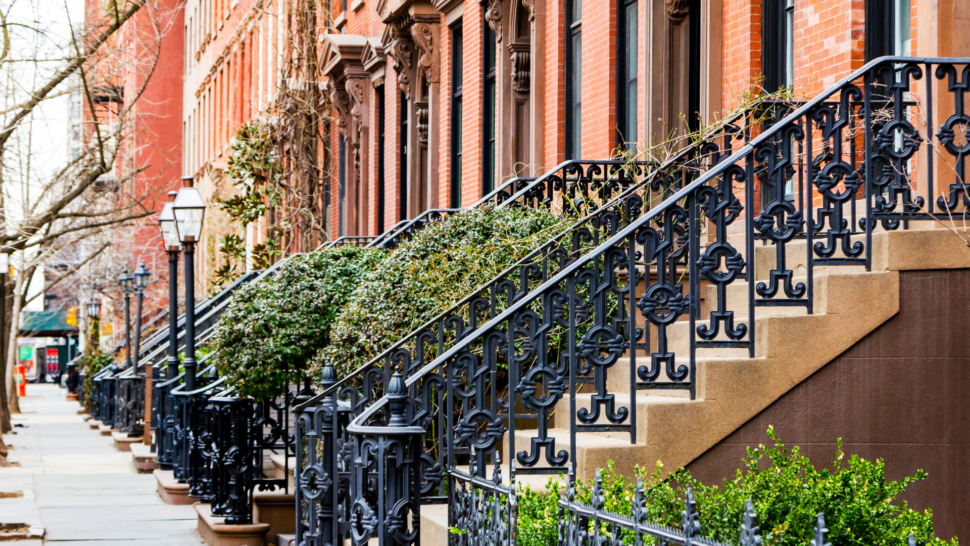
Named after Groenwijck, Dutch for “Green District” in the 16th century, it was a rural hamlet outside the city limits of New Amsterdam. The English later anglicized the name to Greenwich.
Greenwich Village, located in the heart of Manhattan, is a historic and vibrant neighborhood known for its Bohemian culture and artistic roots. It features a mix of nightlife, cultural institutions and residential areas, with notable landmarks such as Washington Square Park and the Stonewall Inn. The neighborhood has a rich history, having been a hub for artists, musicians and the LGBTQ+ rights movement. Famous residents have included Bob Dylan and Jimi Hendrix, contributing to its dynamic cultural legacy.
Battery Park City
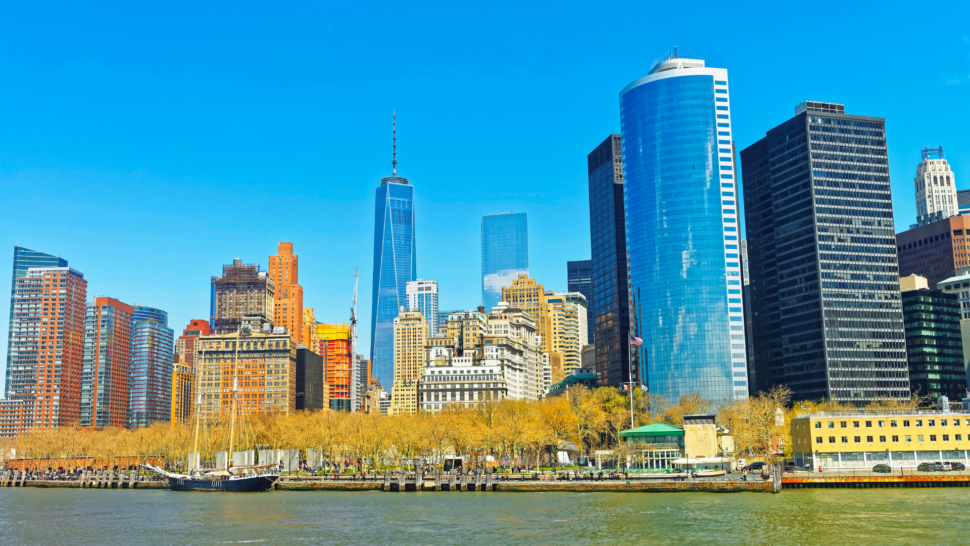
Battery Park City in Manhattan got its name from its proximity to The Battery, a park located at the southern tip of Manhattan Island.
Looking at Battery Park City is no different from the rest of Manhattan, except that it’s even more expensive. It used to be a quiet escape for locals on weeknights when the tourists cleared out, but now it’s bustling all the time. Aside from being a departure point for Statue of Liberty tours, Battery Park City also has a renovated Pier with boats and The Brookfield Mall. Getting around by car in BPC can be a headache due to heavy traffic and very limited parking. The sound of traffic is a constant presence throughout the day. However, being at the southern tip of Manhattan, it offers stunning waterfront views.
Flatiron
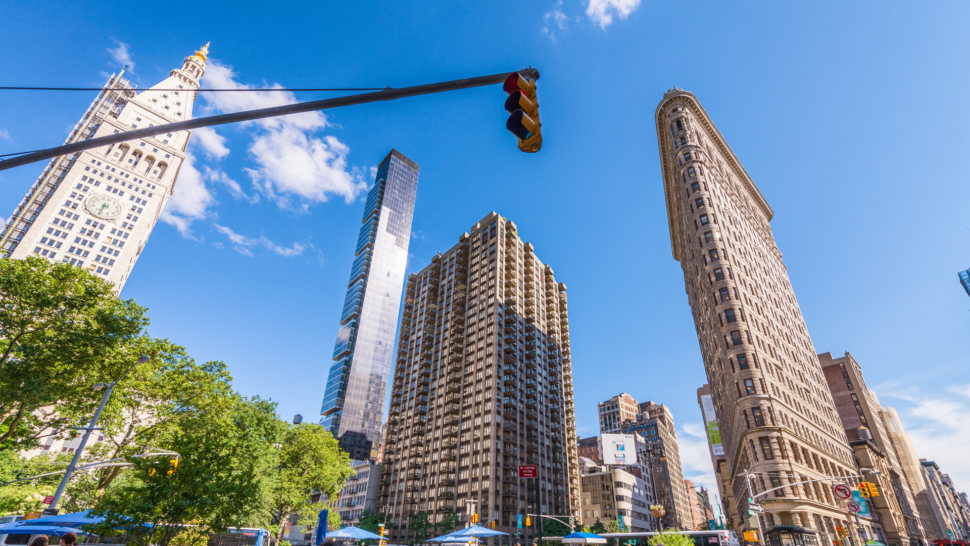
The Flatiron District stretches from Union Square at 14th Street in the southern end to Madison Square Park at 23rd Street in the northern end. It is bordered by Sixth Avenue (Avenue of the Americas) and Park Avenue.
The Flatiron District is named after its most famous building, the Flatiron Building. Completed in 1902, this iconic triangular skyscraper is located at the intersection of Fifth Avenue and Broadway at 23rd Street. The building’s unusual shape resembles a cast-iron clothes iron, which were common household items at the time. This resemblance led to its popular nickname, the “Flatiron Building,” which eventually gave its name to the surrounding neighborhood.
The nearby area, once referred to as the Toy District and Photo District, was officially renamed the Flatiron District in the 1980s as it transitioned to a more residential neighborhood. Real estate agents in New York love to market these interesting facts in their property listings.
Chelsea
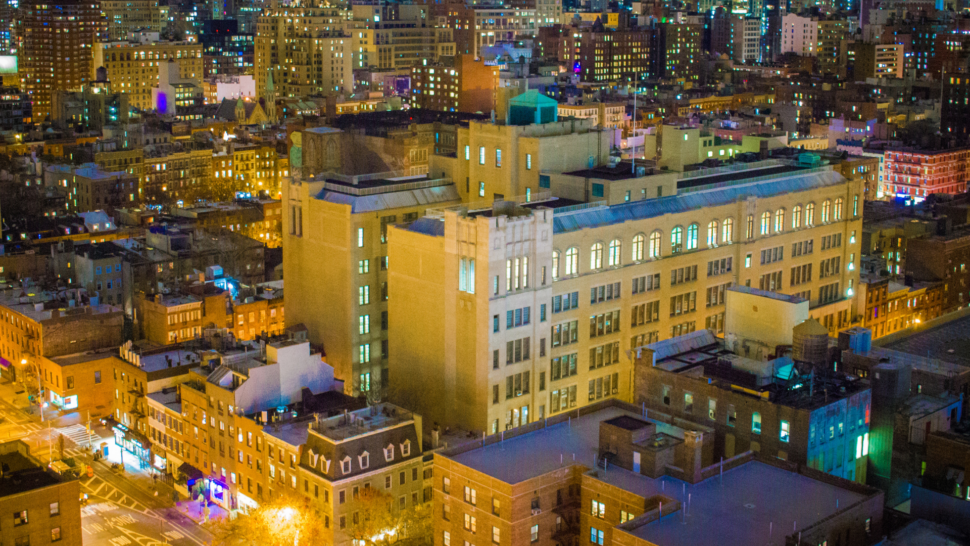
Spanning from West 14th street to West 30th street and from the Hudson River to Sixth and Seventh Avenues, Chelsea is among the most expansive neighborhoods in Manhattan. It can even be divided into a Warehouse District, located between 10th and 12th Avenues, where art galleries thrive. The area also features the popular Highline, boasting numerous restaurants and clubs, as well as residential blocks and public housing.
This location is named after the estate of retired British Major Thomas Clarke, who bought the land in 1750. He named his property after Chelsea, London, possibly because of the Chelsea Royal Hospital for veterans.
Chelsea is renowned as a haven for creative minds. Many of the world’s most celebrated artists have chosen to reside in Chelsea, drawn by the spacious high ceilings and large freight elevators in the old buildings, which are ideal for creating and transporting their work. Today, there are over 300 art galleries in Chelsea, making it a vibrant artistic hub.
Beyond its artistic appeal, Chelsea is a fantastic neighborhood to call home, offering a diverse range of restaurants, bars, shops and cultural activities, including the popular Chelsea Market. Additionally, residents can enjoy the greenery of the High Line Park, an elevated park built on a disused railroad track. Furthermore, the iconic landmarks of the Empire State Building and Madison Square Garden are conveniently within walking distance.
Hell’s Kitchen aka Clinton
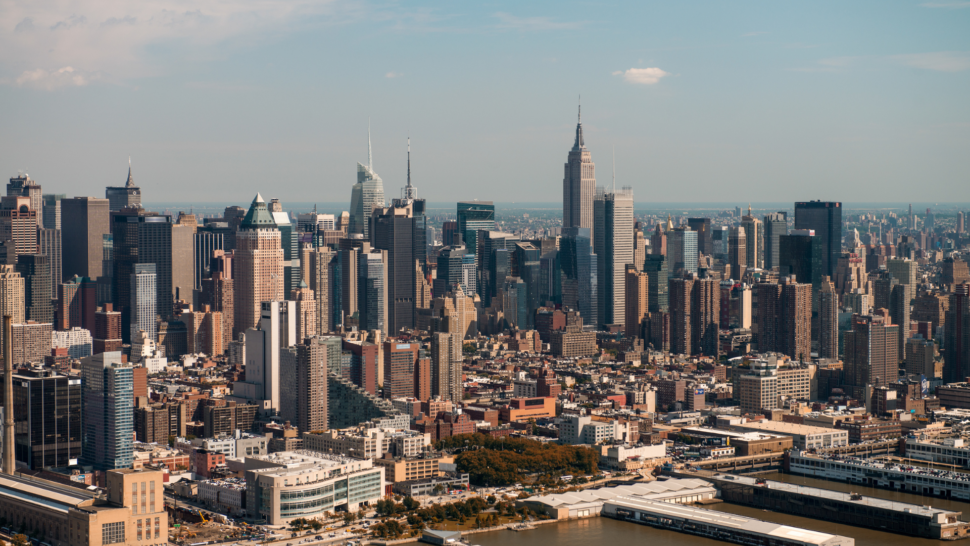
The origin of “Hell’s Kitchen” is debated, but it likely dates to the mid-19th century. One theory suggests it was named for a notorious tenement building. The nickname reflected the area’s reputation for poverty and crime. The alternative name “Clinton” was introduced in the 1970s in an attempt to improve the neighborhood’s image. It references DeWitt Clinton, a former New York governor and NYC mayor.
Now situated between West 40th Street and West 59th Street in the north and south, and the Hudson River and 8th Avenue in the west and east, Hell’s Kitchen has diminished in size compared to its earlier state. The area south of West 40th Street has been incorporated into the emerging, ultra-modern neighborhood of Hudson Yards. Nevertheless, remnants of the distressed and gritty atmosphere that characterized this once infamous enclave still persist.
Historically gritty and industrial, it has transformed into a sought-after residential area with diverse dining and cultural offerings. Known for its rich history and cultural landmarks like Restaurant Row, the High Line and the Intrepid Sea, Air & Space Museum, Hell’s Kitchen is a popular destination for both locals and tourists. The neighborhood has also produced notable figures such as Robert De Niro and David Letterman.
Manhattanville
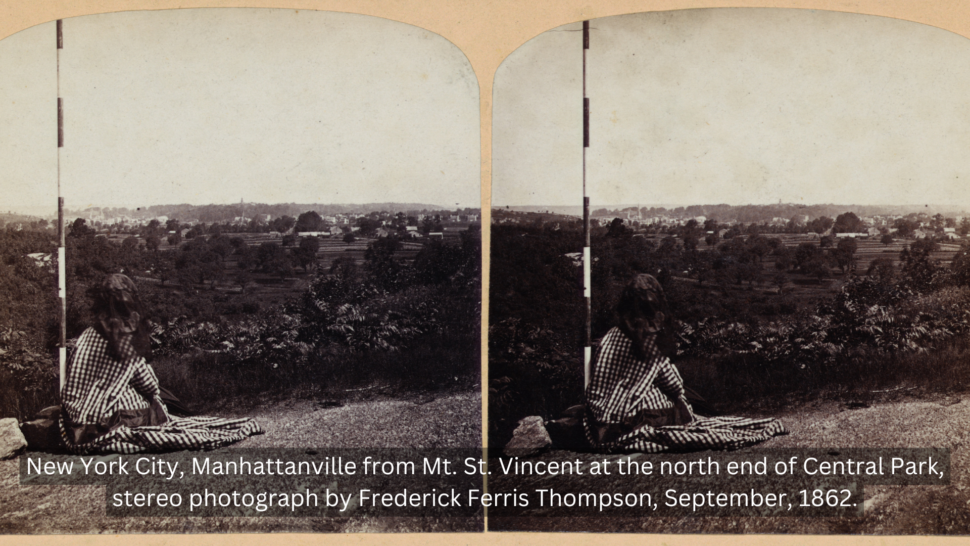
Originally a village separate from the rest of Manhattan, it kept its distinct name even after being absorbed into the growing city. It is located just above the reach of Columbia University in Morningside Heights is Manhattanville, situated between West 122nd Street and West 135th Street, bordered by the Hudson River and St. Nicholas Avenue. Known for its steep, hilly landscape, raised railway and the location of Grant’s Tomb, Manhattanville is a compact but memorable area.
Gramercy
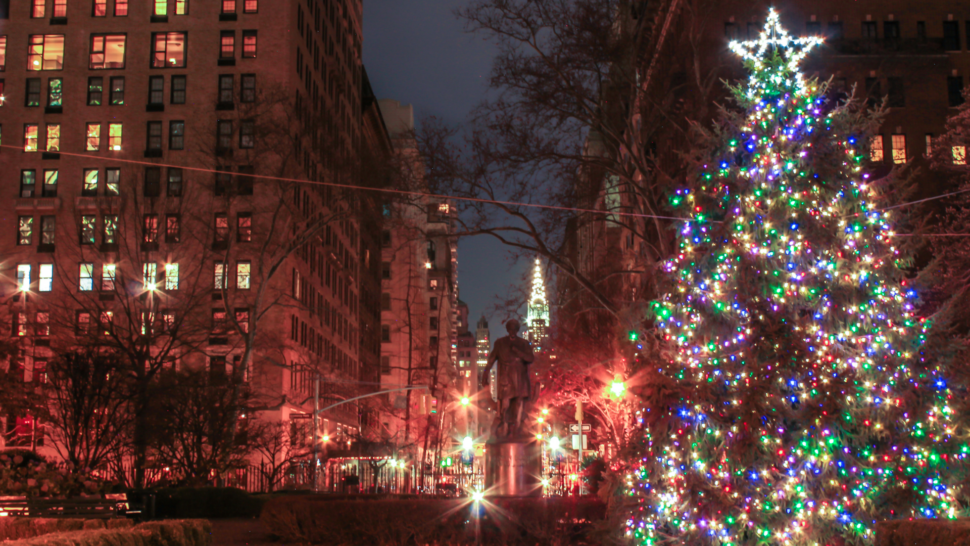
Nestled in the area bordered by East 14th and 23rd streets, Park Avenue and First Avenue, you’ll find the charming Gramercy neighborhood. Derived from the Dutch “Krom Moerasje,” meaning “little crooked swamp,” it was anglicized to “Gramercy,” which coincidentally sounds like the French “grand merci” (great thanks).
Once a swampy area, Gramercy transformed into an upscale residential neighborhood in the 19th century. The creation of Gramercy Park in 1831, one of the city’s few private parks, anchored its development. Today, it’s known for its historic buildings, tree-lined streets and exclusive atmosphere.
Stuyvesant Town
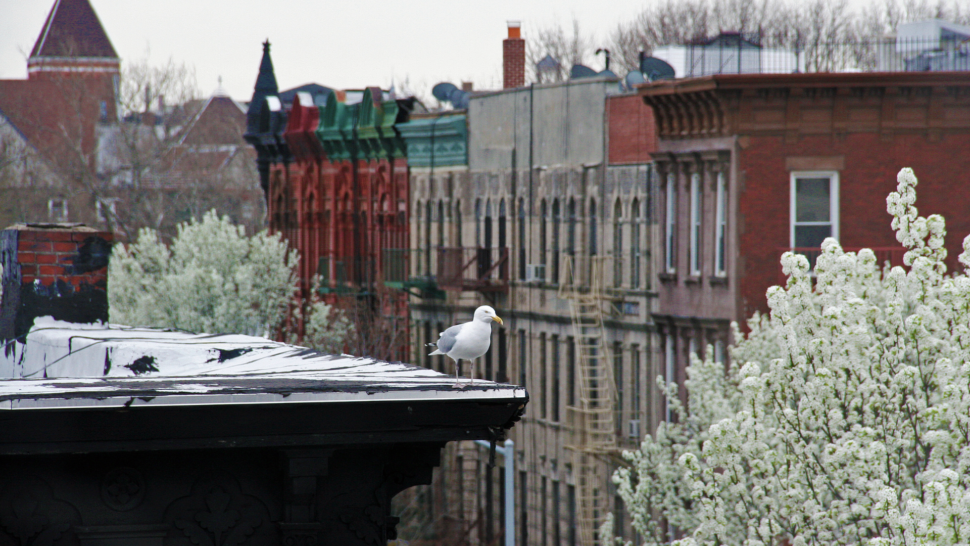
To the east of 1st Avenue, spanning from East 14th to East 23rd streets, lie the twin complexes of Stuyvesant Town and Peter Cooper Village. These developments were constructed as a replacement for the former Gas House District, providing peaceful and private homes that offer a retreat from the bustling city life of New York.
This location is named after Peter Stuyvesant, the last Director-General of New Netherland before it became New York. Surprisingly, it’s a relatively new neighborhood.
Developed in the 1940s as a post-World War II housing project, Stuyvesant Town (along with Peter Cooper Village) was designed to provide affordable housing for returning veterans. Over time, it has evolved into a middle-class residential complex, facing debates over affordability and modernization while maintaining its planned community character.
Turtle Bay

Likely named by Dutch settlers in the 17th century, the “turtle” part might refer to the shape of the bay or the presence of turtles. Interestingly, it’s no longer a bay due to landfill.
From its origins as a rural cove, Turtle Bay transformed dramatically. It became industrialized in the 19th century, then saw significant redevelopment in the mid-20th century. Now, it’s known for being home to the United Nations headquarters and numerous diplomatic missions, blending international importance with residential areas.
Marble Hill
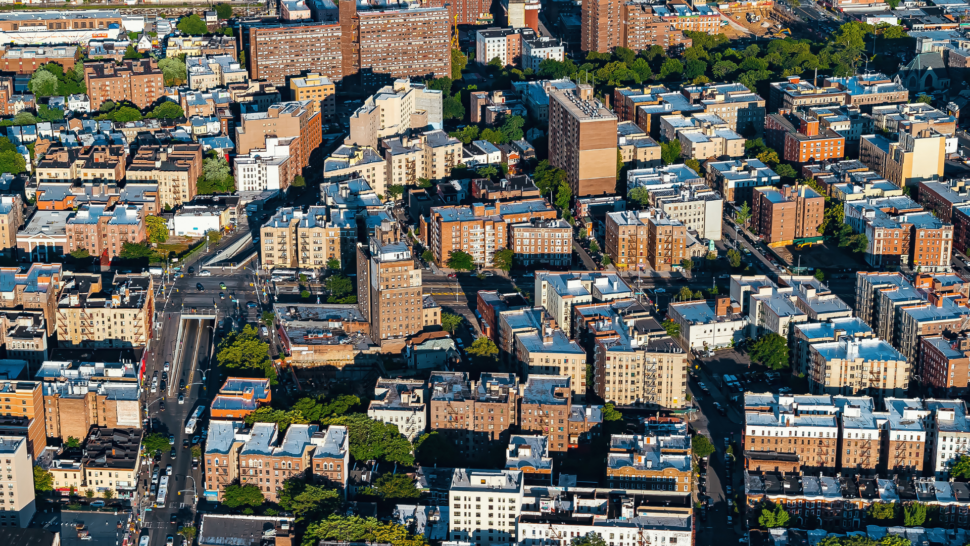
Technically part of Manhattan but physically attached to the Bronx, it was named for the marble deposits found there in the 18th century. Originally part of Manhattan Island, Marble Hill became physically separated when the Harlem River Ship Canal was built in 1895. It’s now connected to the Bronx but remains part of Manhattan administratively. The neighborhood has evolved from a rural outpost to a diverse, primarily residential area with a mix of housing types.
Alphabet City
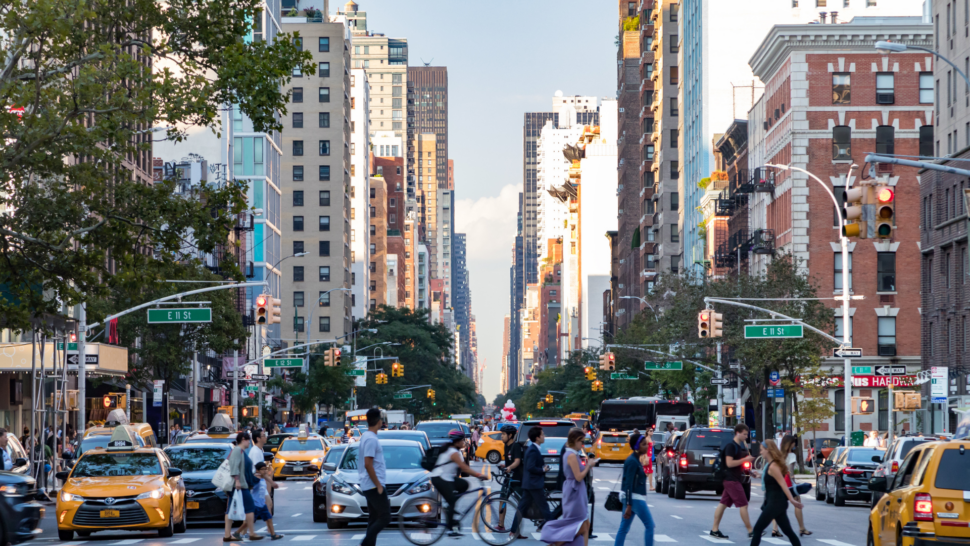
Alphabet City, named for Avenues A, B, C and D, specifically refers to the eastern part of the East Village. It is bounded by Houston Street to the south, 14th Street to the north, First Avenue to the west and the East River to the east.
These avenues are located east of First Avenue in the East Village area of Manhattan. The street grid in this part of Manhattan is a bit different from the rest of the island. First Avenue, Second Avenue, Third Avenue, etc., run north-south through much of Manhattan.
Originally a working-class immigrant neighborhood, Alphabet City faced decline and high crime rates in the mid-20th century. Since the 1980s, it has undergone significant gentrification. Now, it’s known for its trendy atmosphere, though it still grapples with issues of affordability and maintaining its character.
Discover More About Manhattan
A lot of people in New York don’t realize that these Manhattan neighborhoods have surprising name origins, revealing the deep history beneath the busy streets they walk on daily. To this day, New York City continues to push toward the future, but these Manhattan neighborhoods will hopefully never go out of style or lose their meaning.





